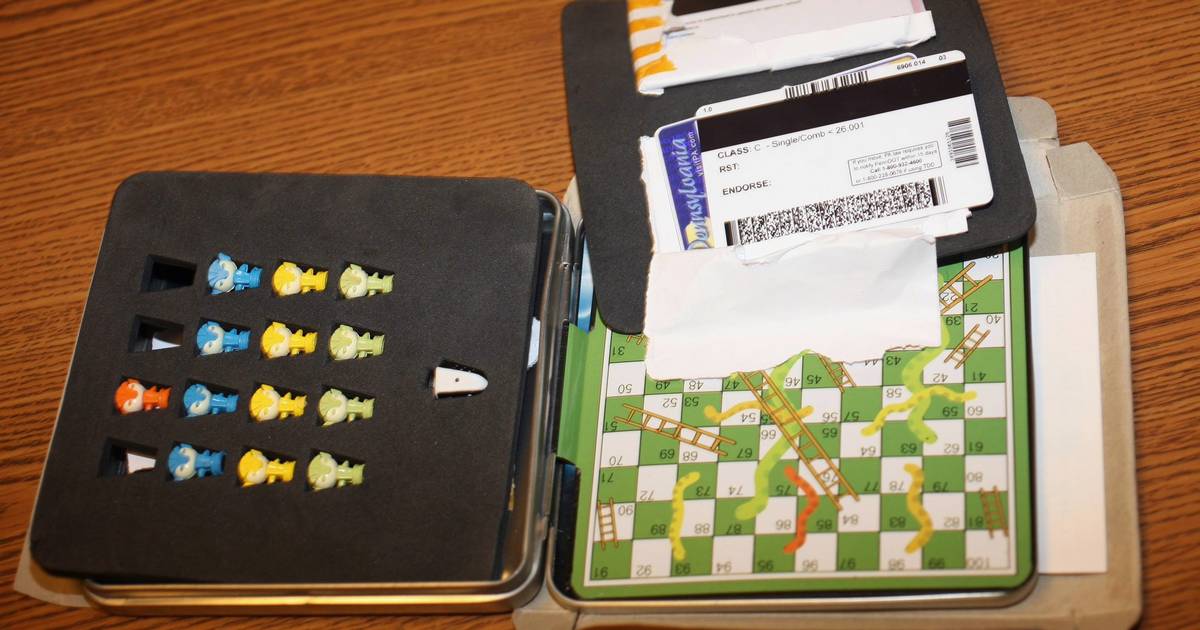The world of collecting coins is a truly interesting and informative one, old ironside fakes ph offering both novice and expert hobbyists an educational and profitable undertaking as well. However, like most hobbies and interests, the danger posed by fake or substandard items may lead to a considerable loss in both money and interest among some hobbyists. Although fake coins only eat up a small piece of the general coin market, the chances of buying a fake coin poses a real threat to the uninformed or unsuspecting collector. How should you protect yourself from buying or possessing fake coins?
Foremost among the notable steps in steering clear of fake coins, is by delving some time towards researching about a specific coin, even before you set your sights on one. Undertaking adequate research does a great deal in safekeeping the coin collector’s interest. In properly analyzing a coin’s true value, collectors should be able to determine the coin’s general value.
Buyers should also be able to ascertain whether the coin’s price is fair, or if it’s actually worth that amount. Coin collectors should be aware that a coin is not truly authentic, just because it’s stored in a major grading service holder, because there have been reports of some holders possessing counterfeit coins. The best way to ensure that you are not buying fake coins, is by getting these only from reputable and seasoned coin dealers.
Seasoned coin collectors assert that there are obvious differences between real gold or silver coins and the fake ones. You’ll be able to spot the defects when these are placed side by side. A coin’s quality will surely be an indicator of its authenticity, because most fake coins spot either dull, unkempt, or overly shiny appearances. Fake coins also spot imperfections, which usually indicate that it had been cast rather than pressed.
Manufacturing a valuable coin replica is usually done with a cast or a mold. In spotting the fakes from the real ones, it also helps to notice the sound that the coin makes when it is dropped, or struck against another coin. Forgery experts say that fake coins usually are much softer then real coins, and have a plastic-like sound when thrown on the floor or struck with another coin. Spotting a fake one is easy; all you need to do is send these to a reputable and recognized dealer and have them analyzed. Fake coins are usually made of substandard or the wrong types of materials, which would easily explain why most fakes sport that inappropriate, dull or suspicious look and feel.
What should you do if you’ve already bought a fake coin? Well, before you get to purchase a fake one, you need to first make sure that you check out if a coin dealer shows a guarantee that the coins they sell or offer are genuine, and you may need to see some certificates of authenticity. You also need to be aware that there’s always someone who would invest their time in creating realistic-looking fake coins, in the hopes of fooling more unsuspecting clients. Usually, these coin forgers set their sights on valuable and rare items, which are only affordable to very wealthy collectors. These helps to explain why it’s a bit rare for conventional collectors to stumble upon fake coins.
Oscar is a coin collecting expert. For more great information on determining coin collection value [http://www.begincoincollecting.com/fake-coins.html] and spotting fake coins, be sure to visit [http://www.begincoincollecting.com].
